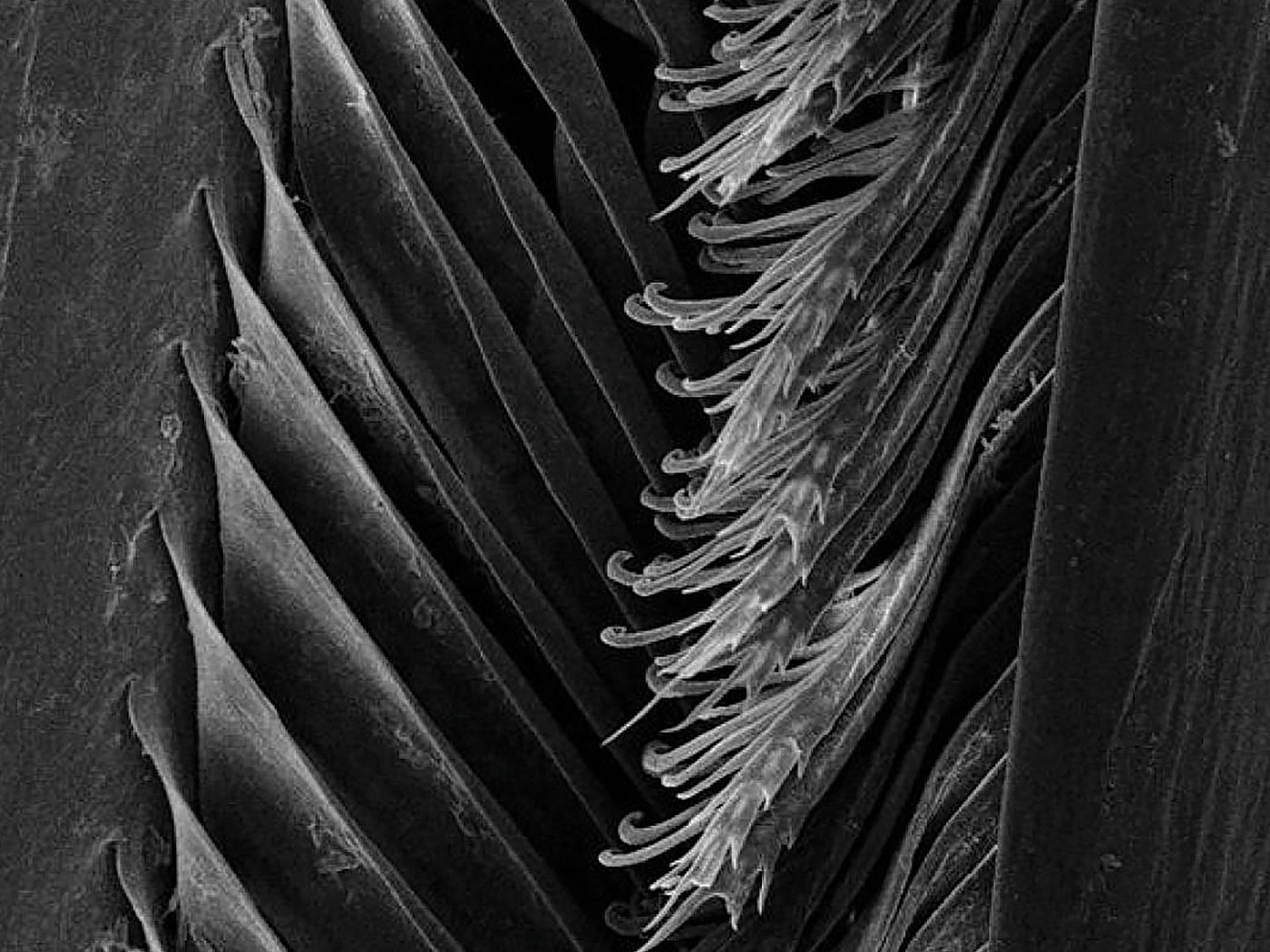
Saying Goodbye to Giant Salamanders
Chinese giant salamanders are the largest in the world, with some in recent history growing as long as six feet. Lately, however, this unique amphibian has been driven toward extinction through loss of habitat and other factors. Fifteen of the few remaining specimens were recently lost at the World Expo 2010 in Shanghai, dampening hopes for recovery efforts.1

Mother of All Humans Lived 6,000 Years Ago
Inside a human cell's mitochondria--the tiny organelles that provide energy--there is a small and unique chromosome. This loop of DNA is passed from mother to child in every generation and provides an intriguing source of information about mankind's past. Geneticists are using that information in an attempt to determine exactly when the "mother" of all humans lived.

The 'Animal Connection' Points to Creation, not Evolution
What do the oldest European artworks and the domestication of animals have in common? A Penn State University paleoanthropologist suggested that they are evidence of a unique connection with animals that profoundly shaped the evolutionary development of early man.

New Finds and Possible Fraud Discredit 'Chimp Culture'
Do chimpanzees have their own culture? If so, some researchers would connect their behaviors to aspects of human culture, which they believe supports an evolutionary relationship. But current developments shed doubt on that idea.

Evolution Can't Explain Dancing Babies
Humans don’t need to learn the ability to move to a rhythm, according to a new study. They are born with it. Two researchers from Finland and the United Kingdom wanted to find out how soon in life people begin to dance to rhythms. They were surprised to find that babies as young as five months old match body motion to music.











